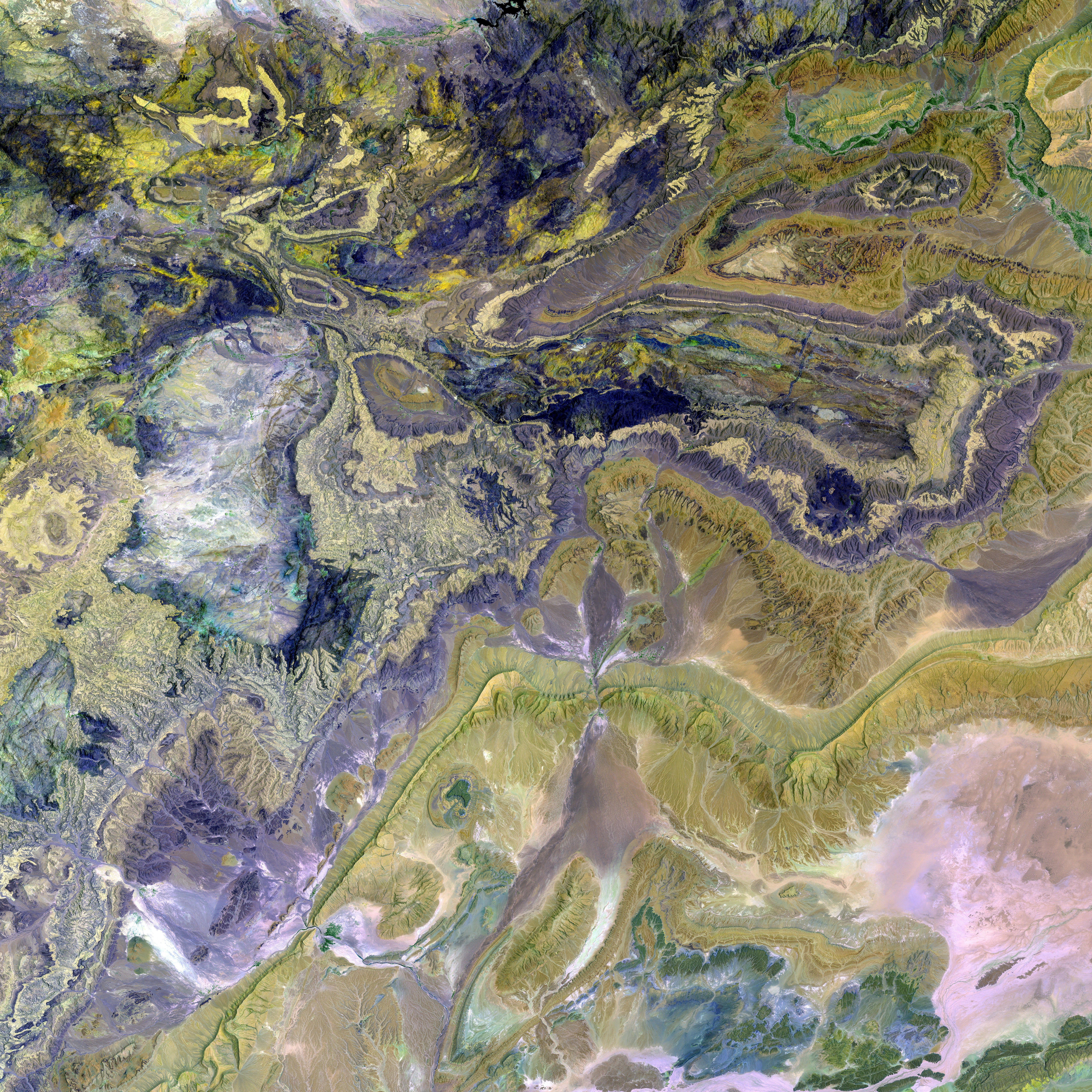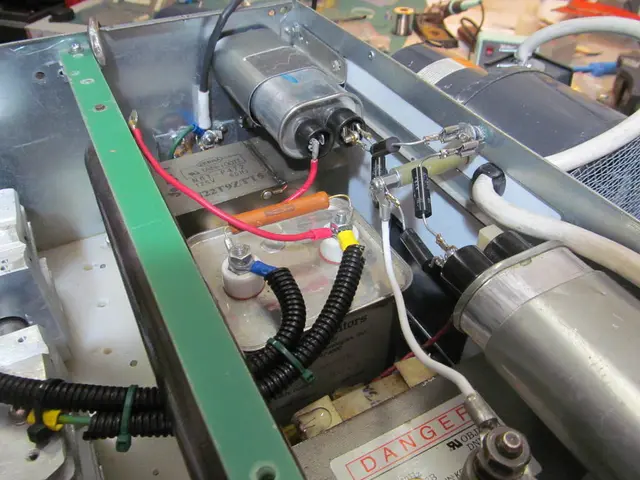A Fresh Look at the Armed Forces' Transformation: The Rise of Drones
Thousands of drones envisioned by the Trump administration.
The U.S. military is undergoing a massive transformation, reminiscent of the changes during the Cold War era. The driving force behind this shift? Drones. Their devastating effectiveness, vividly demonstrated in Ukraine, has left many nations, including Canada, scrambling to catch up.
What's in Store for the US Military?
This week, a memo from the Defense Secretary outlined a plan to 'win on a rapidly evolving battlefield'. The Army aims to pump $36 billion into modernizing its weapons over five years. By 2026, each of the Army's ten active divisions will be equipped with a thousand drones.
Andrew Leslie, a former Chief of the Defence Staff of the Canadian Armed Forces, remarks, "[Drones] will help soldiers protect their lives and make life difficult for the enemy. All Western armed forces should spend much more on drones than they currently do."
The Defense Secretary's directive is significant. In fact, Newsweek considers it the most significant equipment change since the adoption of the "Big Five" in the late 1970s. That's right, we're talking about the Abrams tanks, Bradley M2/M3 vehicles, Apache helicopters, Black Hawk helicopters, and the Patriot missile system.
Lessons from the Battlefields of Ukraine
The U.S. shift stems from valuable lessons gleaned in Ukraine. While drones played a crucial role in the 2020 Nagorno-Karabakh War, Ukraine represents a turning point.
Justin Massie, director of the political science department at UQAM and defense expert, summarizes, "It's not the end of missiles, not the end of fighter jets or artillery. But it's a supplement that can't be done without, unless you want to lose the war."
In Ukraine, drones assume an essential role in reconnaissance and are also used as bombs to strike the enemy. "Ukraine is able to hold out because it has managed to produce drones in large quantities, as it lacked ammunition," adds Massie.
The Ukrainian theater has shown the importance of smaller, mass-produced drones that can quickly adapt to dodge enemy defenses. In 2024 alone, Ukraine is said to have produced over two million of these drones.
"This brings armies to equip themselves with drones, but also with anti-drone capabilities," adds Massie.
Canada's Struggle to Keep Up
Unfortunately, Canada lags behind in this space, as three experts all point to the slow acquisition system of the Canadian Armed Forces.
Professor Philippe Lagassé of Carleton University, an expert in defense issues, explains, "We're still using an industrial-age acquisition system. And if we don't adapt, we'll miss out on essential technologies, like drones or in computing."
Currently, Canada has developed anti-drone capabilities for its mission in Latvia, where around 2000 Canadian soldiers are rotating. But, as Massie notes, technology evolves so quickly that we need to continually innovate and produce new types.
The Need for a Shift in Strategy
Experts believe that the government should quickly form partnerships with Canadian companies to continuously develop drones rather than simply buying them from abroad. "It should be done here, it would be crazy to do it elsewhere," says Massie. "We have an aerospace industry and an artificial intelligence industry here."
A Possible Carney Effect
Prime Minister Mark Carney's election platform includes a commitment to "expanding our drone fleet." While this promise remains vague, it pleases Andrew Leslie.
"I suspect there will be significant changes, especially since Mr. Carney is a true globalist with a better understanding of what's happening in the world, and he has a broader perspective on life than the previous prime minister," estimates this former number one in the army.
"The Canadian Armed Forces haven't significantly invested in drones, not because they didn't want to, but because they didn't have the government's money,” he adds.
- By 2026, the United States Army plans to supplement their arsenal with over a thousand modernized drones in each active division, aiming to win on a rapidly evolving battlefield.
- In contrast, Canada is struggling to keep up in the drone technology race due to a slow acquisition system, as highlighted by three defense experts.
- In a surprising move, Prime Minister Mark Carney's election platform includes a commitment to expanding Canada's drone fleet, a potential shift in strategy that experts believe could strengthen Canada's military capabilities.






